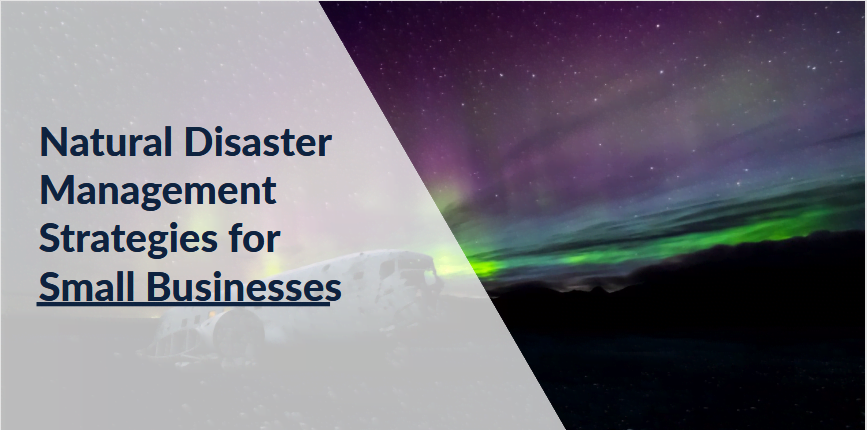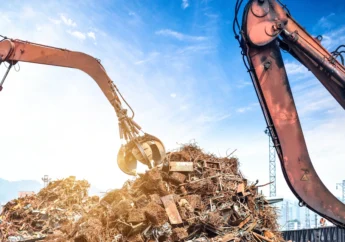Natural Disaster Management Strategies for Small Businesses
by Abdul Aziz Mondal Small Business Published on: 19 September 2017 Last Updated on: 12 May 2025

If Hurricane Irma has taught us anything, it’s that nobody, rich or poor, is immune to the effects of a natural disaster. Unfortunately, natural disasters often catch small businesses unaware. We all tend to assume it won’t happen to us, but extreme weather and other natural disasters can affect anyone, anywhere. Because of this, it’s important to have a strategy in place to help you manage if a natural disaster strikes. The more prepared you are, the easier it will be to pick up the pieces and start all over again.
Risk Assessment
Firstly, you need to carry out a detailed risk assessment. Determine where your vulnerabilities lie and devise a risk management plan. For example, is your business located in a tornado zone, or are you in an area that floods with depressing regularity? Not every natural disaster is so predictable, but the major ones are. After all, if you own a business on the US Virgin Islands, you can safely bet on a hurricane hitting the islands at least once a year.
Read also: How To Secure Your Business With The Adequate Safety And Security Procedures
Disaster Preparation
Create an emergency plan. Keep a list of emergency phone numbers and distribute them to all employees. Have a survival kit in the workplace, so if anyone is caught out, they have essential items such as a flashlight, drinking water, and blankets.
Work out who is responsible for what. For example, task one employee with the job of notifying the insurance company and another with hiring industrial pumps to clean up after flooding.
Make sure data is backed up in the event you suffer a loss of power or the tech equipment is destroyed. Ideally, use cloud storage rather than external hard-drives. This will allow you to work remotely if necessary.
Have a contingency plan to enable the business to carry on operating in the event of a natural disaster. Do you have an alternative workplace you can use? Would you be able to secure short-term finance to replace equipment while an insurance claim is being verified?
Read also: How to Pick the Best Insurance For Your Business
Take time carrying out a comprehensive risk assessment. You might not need it, but it is better to be safe than sorry.
Coping with a Disaster
If a disaster does strike, safety is your most important priority. Everything else can be replaced apart from your employees, so look after them. In most cases, you will receive ample warning of an impending natural disaster, so secure the building, board up the windows, etc., and evacuate as soon as possible.
Once it is safe to return to the business, see what can be salvaged and make a record of the damage. Call your insurance company as soon as is practical so an insurance assessor can open a claim on your behalf. If you are unable to make the claim yourself, it may be worth considering hiring a disaster or storm damage lawyer to help you with the process.
If you are unable to make the claim yourself, it may be worth considering hiring a disaster or storm damage lawyer to help you with the process.
Supply Chain Management
Have a risk management plan in place in case of supply chain disruption. Serious natural disasters across a wide area can significantly affect supply chains, particularly for smaller businesses. Have contingency arrangements in place to protect your business.
Always make sure you have enough insurance and that it covers you for natural disasters such as flooding. Otherwise, your business might not recover.



































































































